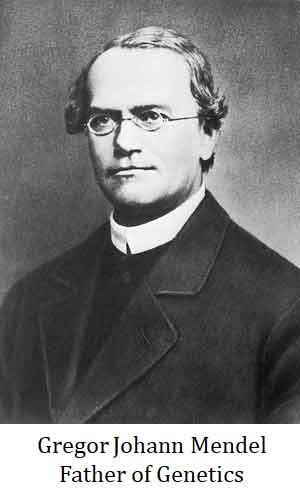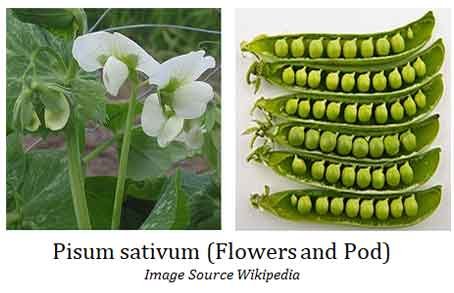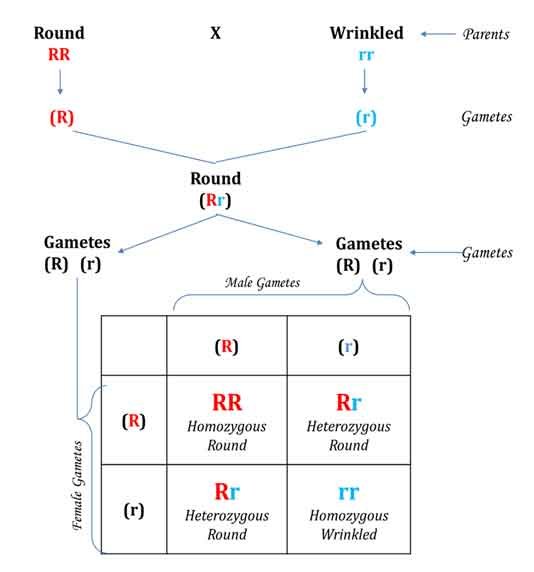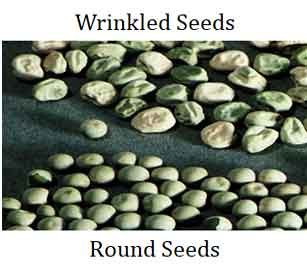Gregor Mendel, often referred to as the “Father of Modern Genetics,” laid the groundwork for our understanding of genetic inheritance with his pioneering experiments on pea plants. Among his key contributions is the Law of Segregation (aka Law of Purity of Gametes), which describes how alleles for a trait separate during the formation of gametes, ensuring that offspring inherit one allele from each parent. This fundamental principle explains the patterns of inheritance observed in organisms. In this blog post, we will delve into Mendel’s Law of Segregation with example.
Definition: The Law of Segregation states that during the formation of gametes, the two alleles for a trait separate so that each gamete receives only one allele.
Why Law of Segregation is also known as Law of Purity of Gametes?
The Law of Segregation is also called the Law of Purity of Gametes because it emphasizes that each gamete carries only one allele for each trait, maintaining the purity of genetic information. This ensures that offspring receive a clean, unaltered allele from each parent, preserving genetic diversity and integrity.
Basic Concepts
Genes: Units of heredity that determine specific traits.
Alleles: Different versions of a gene. For example, a gene for flower color in peas might have a purple allele and a white allele.
Diploid Organisms: Organisms, like humans and pea plants, that have two copies of each gene—one from each parent.
Gametes: Reproductive cells (sperm and eggs) that carry only one copy of each gene.
Law of Segregation (Law of Purity of Gametes)
Here’s what the law states:
- Alleles Exist in Pairs: In a diploid organism, each gene has two alleles, one inherited from each parent.
- Separation of Alleles: During the formation of gametes (through a process called meiosis), the two alleles for a gene separate (or segregate) so that each gamete receives only one allele.
- Gamete Purity: This means that each gamete is “pure” for each trait, carrying only one allele for each gene.
- Random Fertilization: During fertilization, gametes from two parents combine, restoring the diploid state with two alleles for each gene—one from each parent.
Example to Illustrate
Let’s use Mendel’s pea plants as an example.
- Trait: Seed Shape
- Alleles: Round (R) and Wrinkled (r)
- Genotypes: The combination of alleles an organism has for a particular gene. For example:
RR: Homozygous round
Rr: Heterozygous round
rr: Homozygous wrinkled
- Cross between Heterozygous Plants (Rr x Rr)
- Parent Genotypes: Both parents are heterozygous (Rr).
- Gamete Formation: Each parent can produce two types of gametes:
R (round allele)
r (wrinkled allele)
- These gametes are formed due to the separation of alleles during meiosis.
- Fertilization and Offspring: When these gametes combine during fertilization, they can produce the following combinations (and resulting genotypes in the offspring):
RR (Round)
Rr (Round)
rR (Round, same as Rr because the order doesn’t matter)
rr (Wrinkled)
Phenotypic Ratio
The possible combinations produce a phenotypic ratio of approximately:
3 Round : 1 Wrinkled
Summary
The Law of Segregation or Law of Purity of Gametes explains how alleles for a trait segregate during the formation of gametes. Each gamete gets only one allele, ensuring that the offspring inherit one allele from each parent. This fundamental principle helps us understand how traits are passed from one generation to the next.
<<< Back to GENETICS Notes Page
| You may also like NOTES in... | ||
|---|---|---|
| BOTANY | BIOCHEMISTRY | MOL. BIOLOGY |
| ZOOLOGY | MICROBIOLOGY | BIOSTATISTICS |
| ECOLOGY | IMMUNOLOGY | BIOTECHNOLOGY |
| GENETICS | EMBRYOLOGY | PHYSIOLOGY |
| EVOLUTION | BIOPHYSICS | BIOINFORMATICS |




